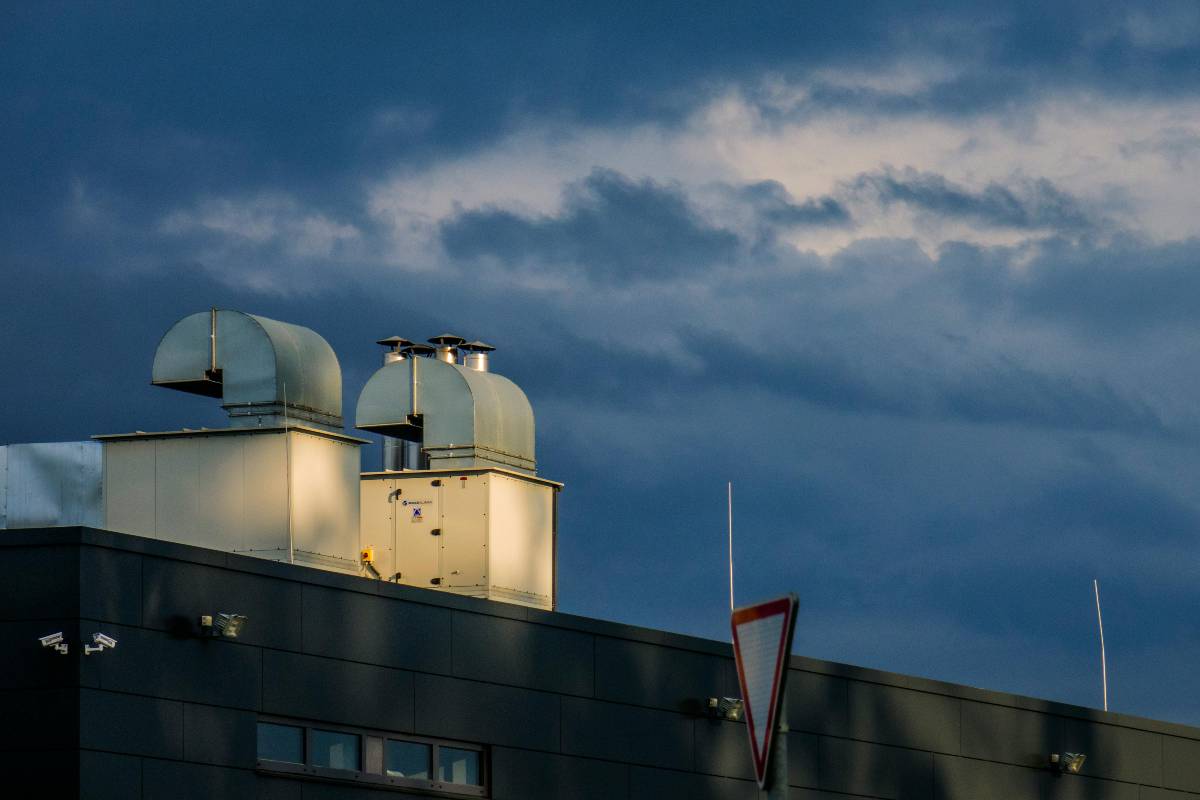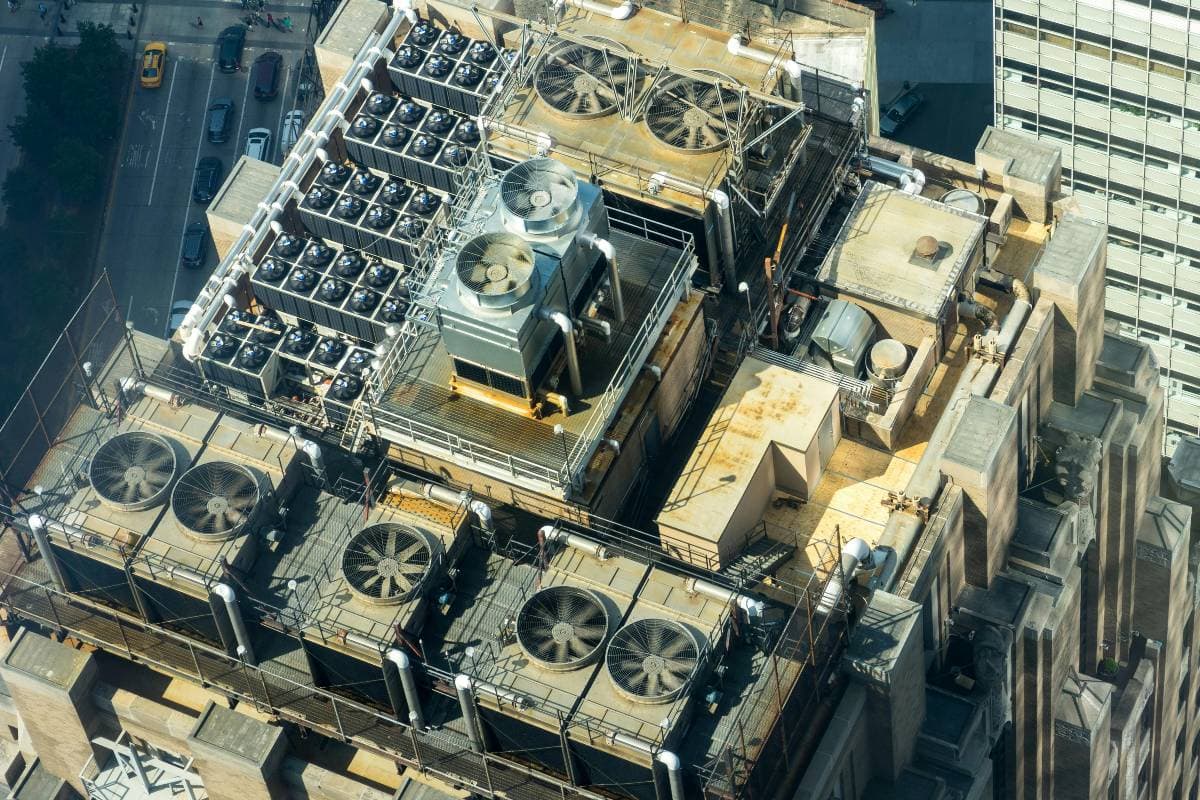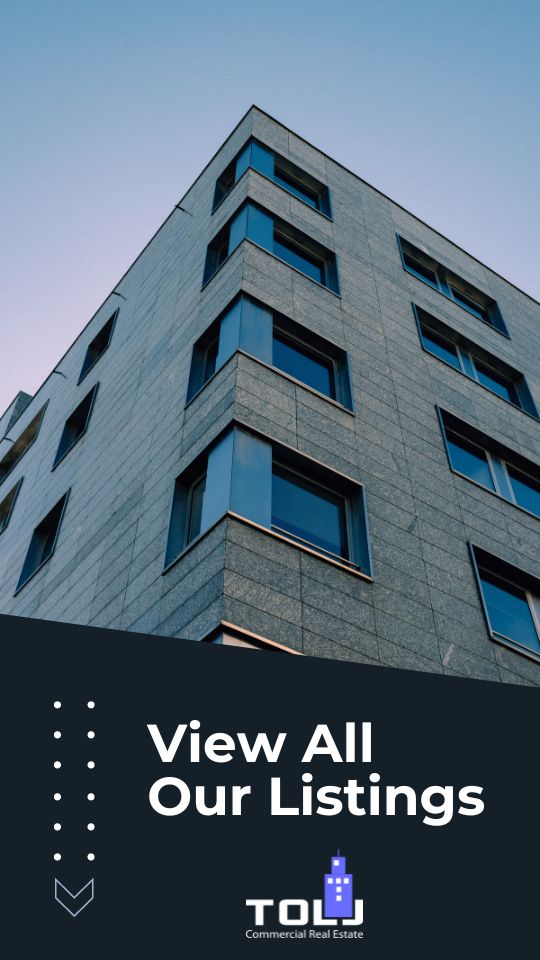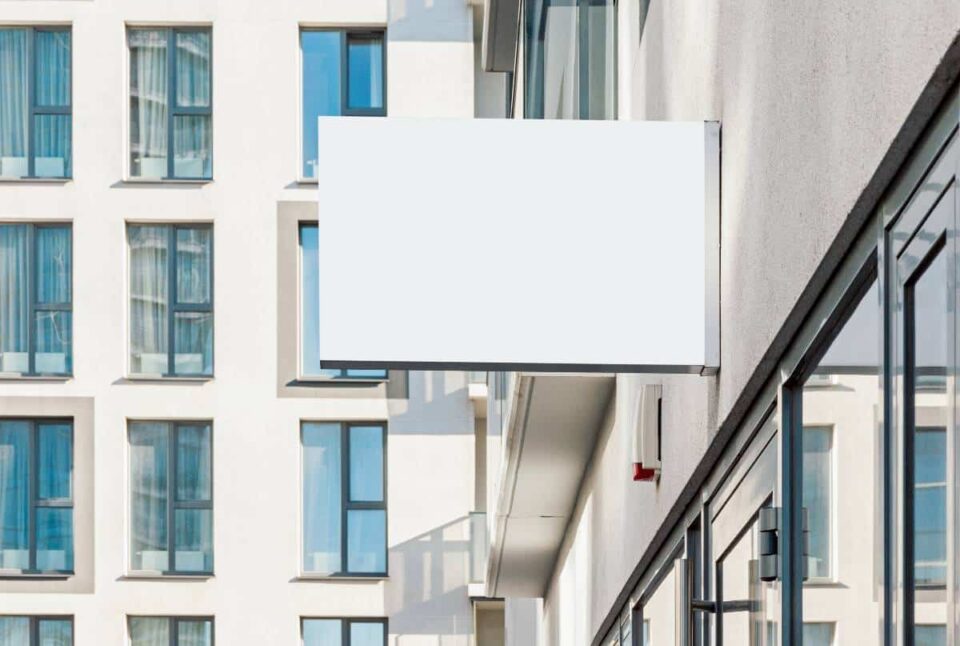As a commercial real estate veteran with nearly two decades of experience, I’ve seen firsthand how proper industrial property ventilation systems can transform a facility’s operational efficiency and worker satisfaction. The question I often hear is, “Why should I invest in upgrading my ventilation system?” Let’s dive into why this matters and how to get it right.
Key Takeaways
- Proper ventilation system design can reduce operational costs while improving workplace safety
- Smart ventilation technology integration provides measurable ROI through reduced energy consumption
- Regular maintenance combined with employee training ensures optimal system performance
The Growing Importance of Industrial Ventilation
The industrial ventilation market is experiencing unprecedented growth, valued at $29 billion and expected to reach $57 billion by 2032. This isn’t just about following regulations – it’s about creating healthier, more productive workspaces while managing operational costs effectively.
Knowing Your Ventilation System Options
When I walk through a facility with clients, I always start by explaining the three main types of ventilation systems:
Dilution Ventilation
Think of this as your building’s lungs. It’s like opening windows on opposite sides of a room as it is also kind of a natural ventilation system. Fresh air comes in, mixes with the stale air, and pushes it out. It’s pretty straightforward and works well for big open spaces where you don’t have one specific source of contamination. The downside? It can use a lot of energy since you’re basically refreshing all the air in the building. This system is particularly effective for:
- Large open areas
- Spaces with multiple contamination sources
- Facilities requiring flexible layouts
Local Exhaust Ventilation (LEV)
Imagine having a super-powered kitchen hood fan. It captures contaminated air right where it’s created, like at a welding station, and removes it before it can spread around. It’s more efficient than dilution since it targets specific spots, but it costs more to install and needs regular maintenance. LEV systems target specific contamination sources, making them ideal for:
- Welding stations
- Chemical processing areas
- Fixed workstations with known contaminant sources
Hybrid Systems
In my experience, many facilities benefit most from a hybrid approach, which is like having your windows open for general fresh air, plus exhaust fans in specific areas that need extra attention. While it’s usually the most effective option, it’s also the most complex to set up.
The best choice really depends on your space and what kind of work you’re doing. If you’re dealing with welding or chemicals in fixed locations, LEV might be your best bet. For a warehouse where things move around a lot, dilution could work better. And if you’ve got both situations, that’s where a hybrid system shines.
Design Considerations That Matter
The success of any ventilation system depends on careful consideration of several key factors:
Environmental Factors:
- Building layout and size
- Types of contaminants present
- Occupancy patterns
- Local climate conditions

Technical Requirements
In my years working with industrial properties, I’ve learned that understanding technical requirements doesn’t have to be complicated. Let me break down the key parameters that matter for your ventilation system:
Air Exchange Requirements
Modern industrial facilities typically need:
- Minimum Air Changes: 6-12 per hour for general manufacturing
- Specialized Areas: Up to 30 changes per hour for high-contamination zones
- Outdoor Air Mix: At least 15-20% fresh air intake
Pressure and Airflow Management
Maintaining proper air pressure control is crucial:
- Slight positive pressure in general areas (+0.02 to +0.04 inches water gauge)
- Negative pressure in contaminated zones
- Balanced airflow between supply and exhaust systems
Temperature and Humidity Guidelines
For optimal operation, aim for:
| Parameter | Recommended Range | Critical Limits |
|---|---|---|
| Temperature | 68-75°F | ±2°F variance |
| Humidity | 40-60% RH | Never above 70% |
| Air Velocity | 50-100 FPM | Based on activity |
System Sizing Considerations
Your ventilation design should account for:
- Square footage of the facility
- Ceiling height and total volume
- Heat-generating equipment
- Number of occupants
- Type of industrial processes
The Cost-Benefit Reality
The financial implications of industrial ventilation deserve careful consideration. Let’s examine the key areas where proper ventilation systems impact operational costs and benefits.
Initial Investment
A well-designed ventilation system represents a significant upfront investment. This includes equipment costs, installation labor, and potential facility modifications to accommodate the new system. The actual cost varies based on facility size, system complexity, and specific requirements.
Energy Management
Modern ventilation systems can reduce operational costs by optimizing airflow and reducing the load on heating and cooling systems. The actual savings depend on your current energy usage, local utility rates, and the type of system installed.
Worker Health & Productivity
Proper ventilation improves air quality by removing contaminants, maintaining comfortable temperatures, and reducing humidity. This creates better working conditions which can lead to improved worker comfort and productivity. The impact is particularly noticeable in facilities with high levels of airborne contaminants or temperature-sensitive operations.
Equipment Longevity
When airborne contaminants are effectively removed, equipment stays cleaner and requires less frequent maintenance. This is particularly important in environments with dust, fumes, or other particulates that can damage machinery over time. Regular maintenance costs may decrease as systems operate in cleaner conditions.
Regulatory Compliance
A proper ventilation system helps facilities meet OSHA requirements and other regulatory standards for indoor air quality. This can help avoid potential fines and workplace safety issues. The system must be properly maintained and documented to ensure ongoing compliance.
Return on Investment
The exact return on investment varies significantly based on facility size, type of operations, existing conditions, and chosen system. While most facilities see positive returns through reduced operating costs and improved efficiency, it’s important to conduct a detailed analysis of your specific situation with qualified professionals to understand the potential benefits.
Implementation Strategy
Assessment Phase
Begin with a thorough evaluation of your facility’s ventilation needs. Document current airflow patterns, identify contamination sources, and measure existing air quality levels. Calculate required air changes, determine fresh air requirements, and review all relevant OSHA and EPA regulations. This phase should also include a detailed analysis of your facility’s layout, operating processes, and environmental conditions.
Design Phase
Select the appropriate ventilation type based on your assessment findings – whether dilution, local exhaust, or a hybrid system. Size all components according to your facility’s dimensions and requirements. Plan the strategic placement of intakes, exhausts, and ductwork while considering future expansion needs. Include monitoring systems and controls in the design to ensure optimal performance.
Installation Phase
Develop a detailed timeline that minimizes disruption to operations. Install main system components, connect ductwork, and integrate control systems methodically. Conduct thorough testing at each stage, including pressure testing, airflow measurements, and system balancing. Document all installation parameters and verify emergency protocols before final commissioning.
Training and Documentation
Provide comprehensive training to all relevant personnel on system operation, maintenance procedures, and emergency protocols. Create detailed documentation including maintenance schedules, operational manuals, and troubleshooting guides. Establish clear procedures for monitoring and reporting system performance.
Optimization Phase
Monitor system performance against established baselines, making adjustments as needed for optimal efficiency. Implement regular maintenance schedules and cleaning protocols. Track key performance indicators and energy consumption to ensure the system meets intended goals. Plan for future upgrades and technology integration as your facility’s needs evolve.
Maintenance: The Key to Long-Term Success
Regular maintenance isn’t just about preventing problems – it’s about optimizing performance:
Essential Maintenance Tasks:
- Monthly filter inspections
- Quarterly system performance checks
- Annual comprehensive system evaluation
- Continuous monitoring of key parameters
Future-Proofing Your Investment
The future of industrial ventilation is exciting, with innovations including:
- IoT-enabled monitoring
- Smart control systems
- Energy recovery technologies
- Predictive maintenance capabilities
FAQs
What’s the typical ROI timeline for a new ventilation system?
How often should I schedule maintenance?
What are the most critical factors in system selection?
Can I upgrade my existing system incrementally?
How do I know if my current system needs improvement?
Conclusion
As someone who’s helped numerous facility owners optimize their properties, I can tell you that the best time to improve your ventilation system is now. Start with a professional assessment today and contact me to understand your specific needs and opportunities for improvement.




